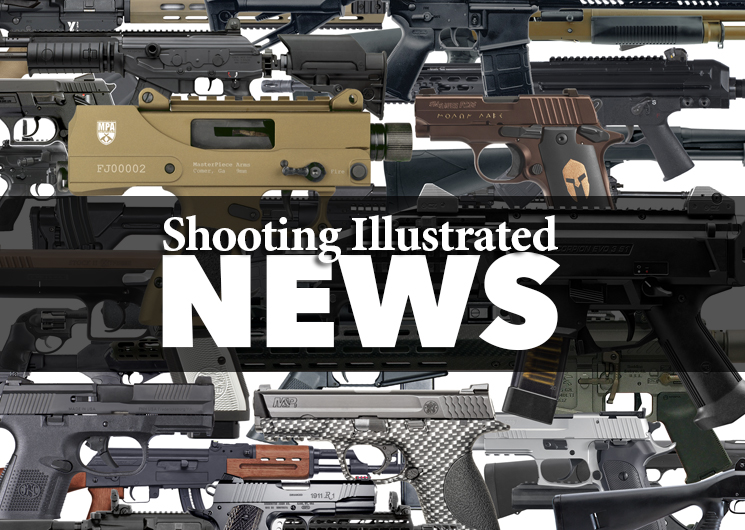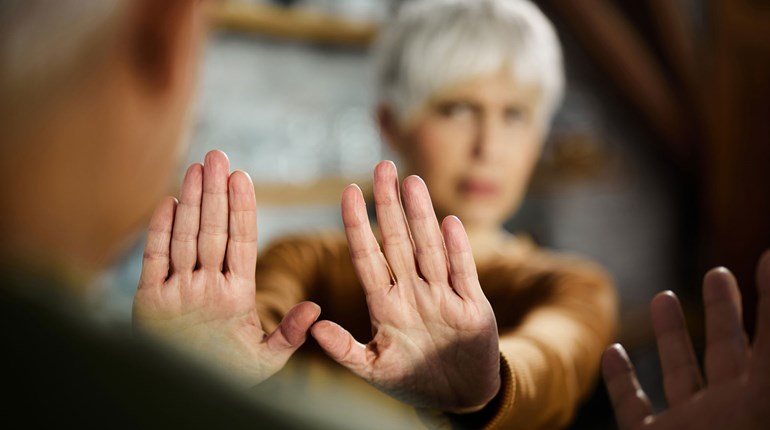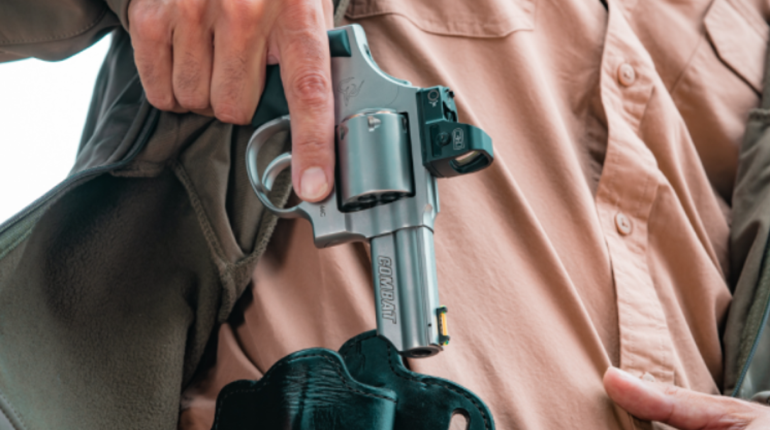
Lots of people have a weaponlight on their firearm, and I feel this is the most important accessory for a gun. You can get by without a sling, and iron sights are always a viable backup, but you should never shoot at what you cannot positively identify, so the weaponlight is critical.
So, what type of switch should it have? "Momentary on" is preferred, but having the option of "permanent on" is a benefit. The rule for weaponlight use is simply "turn it on when you need it, turn it off when you don't." However, for armed citizens, having the light turn on when you need it—and stay on while you are using it—is critical. Let me emphasize that again: The light must stay on as long as you need it, and that means while you are shooting to stop a threat.
What kind of switch should you get and where do you put it? My current light is an Inforce with an angled switch mounted on the rear of the light. With the light mounted at 12-o'clock in front of the front sight, I can use the light with either thumb easily while standing or kneeling—prone is a little difficult, but still doable. Having a pressure pad switch at the same position (top rail) would be good too—gripping the rail turns the light on. The SureFire X300s I have on other guns work almost as well in the same 12-o'clock position.
For the folks who like the forward pistol grip, having the switch mounted on the grip so increased pressure turns the light on is preferable to the offset pushbutton. The light must stay on while you are firing, and some mounting techniques like push-button tail caps mounted at 3- or 9-o'clock can create problems once the shooting starts, since some folks have a hard time keeping the button pushed forward.
From what I have seen, the general principle is the switch should be mounted so increasing grip pressure on the fore-end or on the pistol grip activates the light instead of directional pressure. Most importantly, only through effective live-fire training will you be able to determine where your support hand goes. At this point, put your light switch so it can be used without changing your normal stance/grip. Then do some live-fire/no-light training to test and evaluate your switch type and positioning. The results should be "enlightening."






































